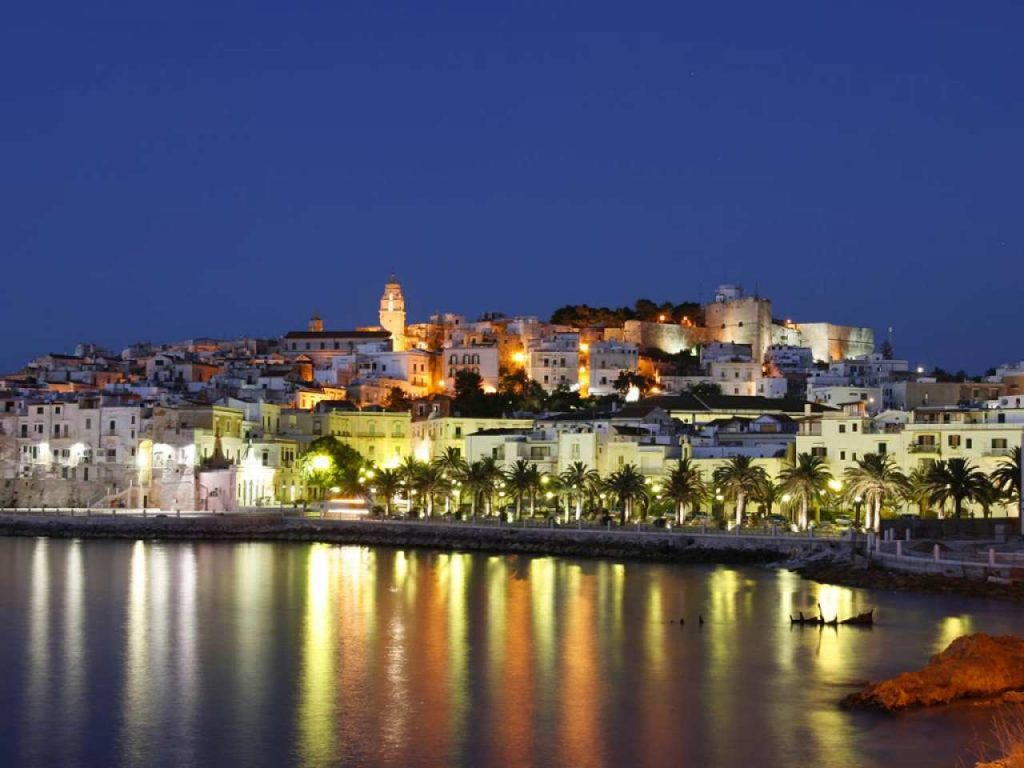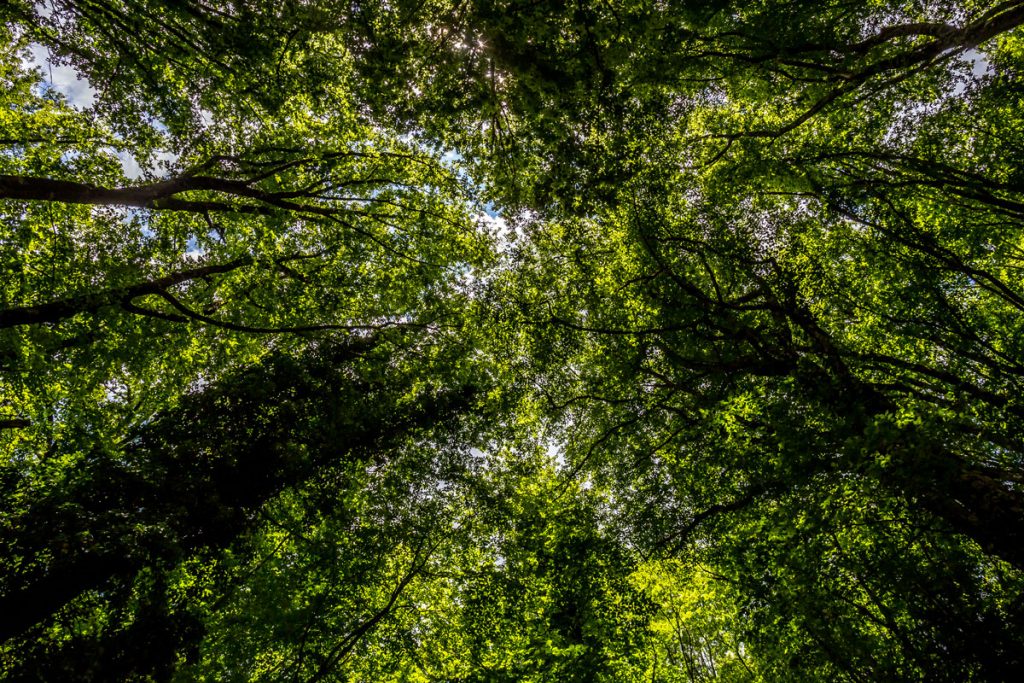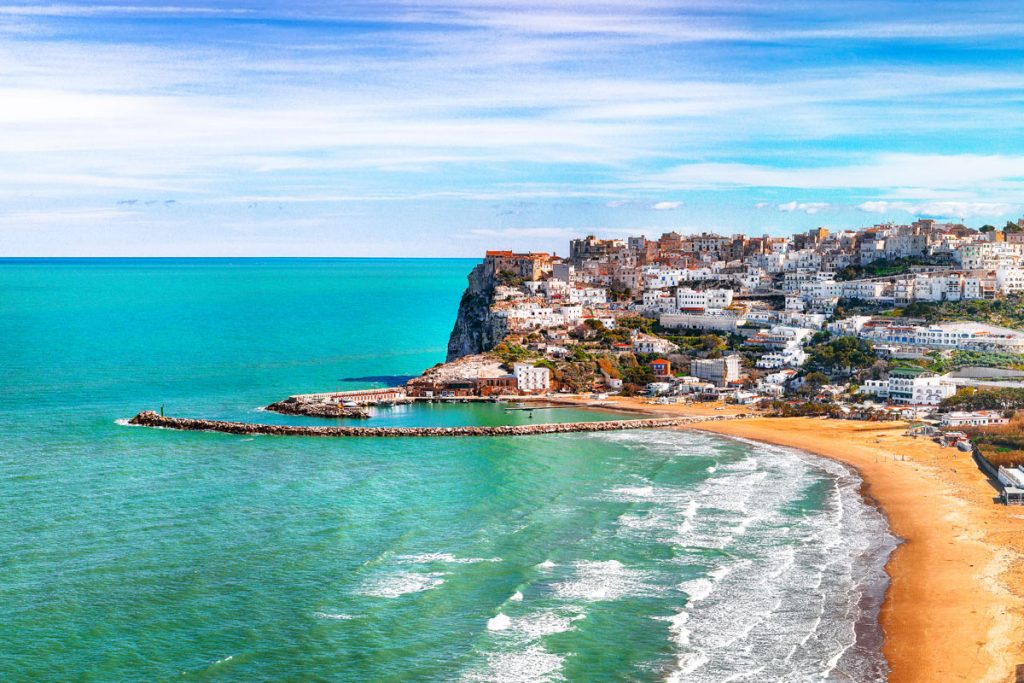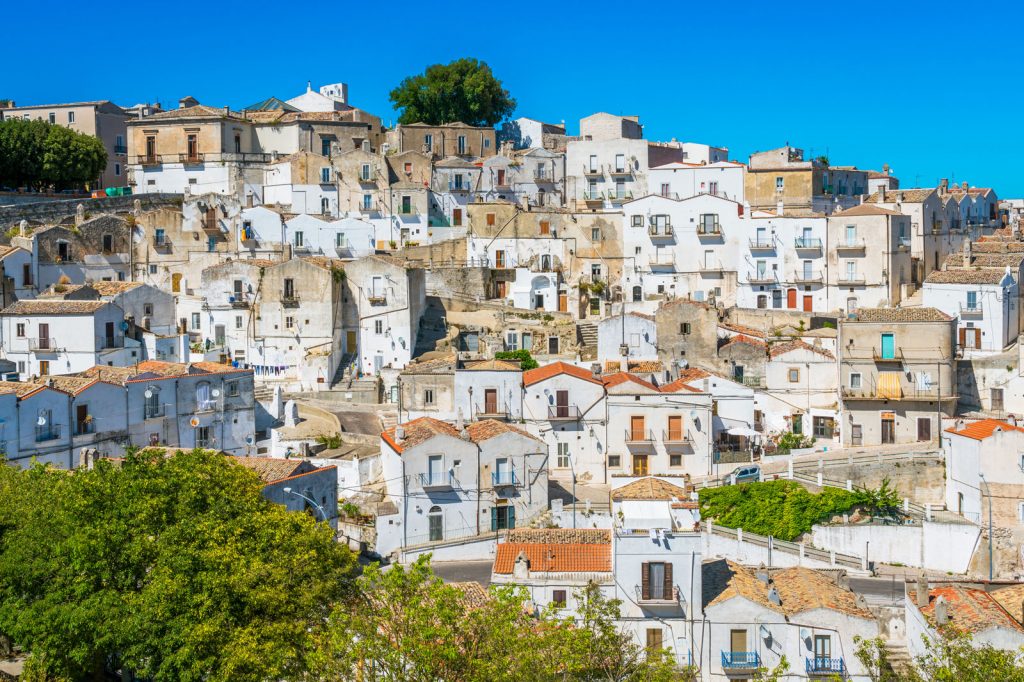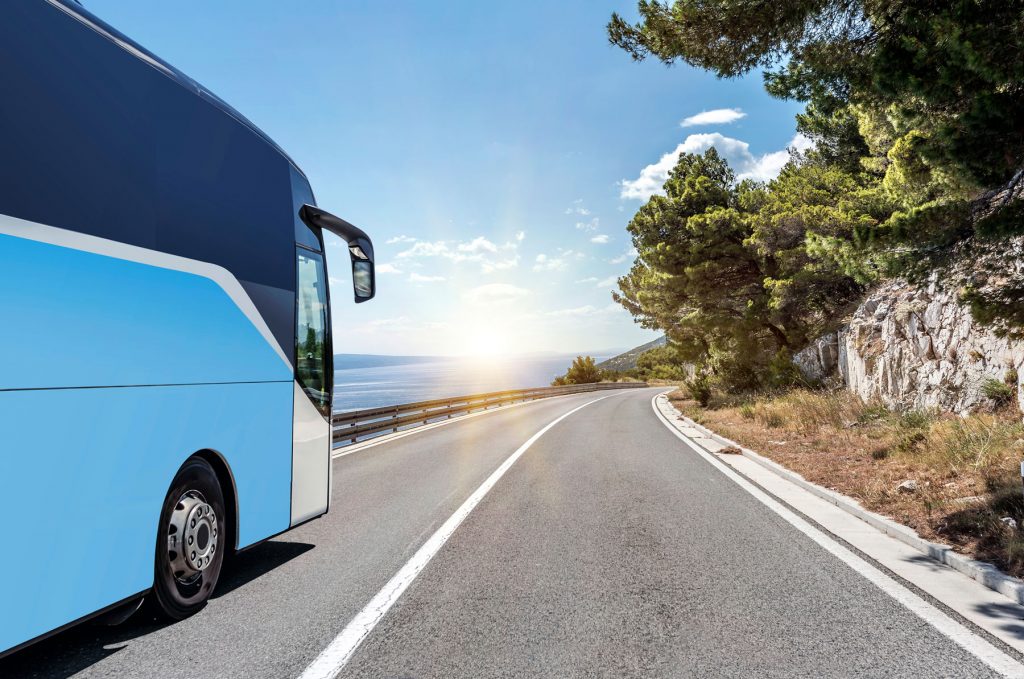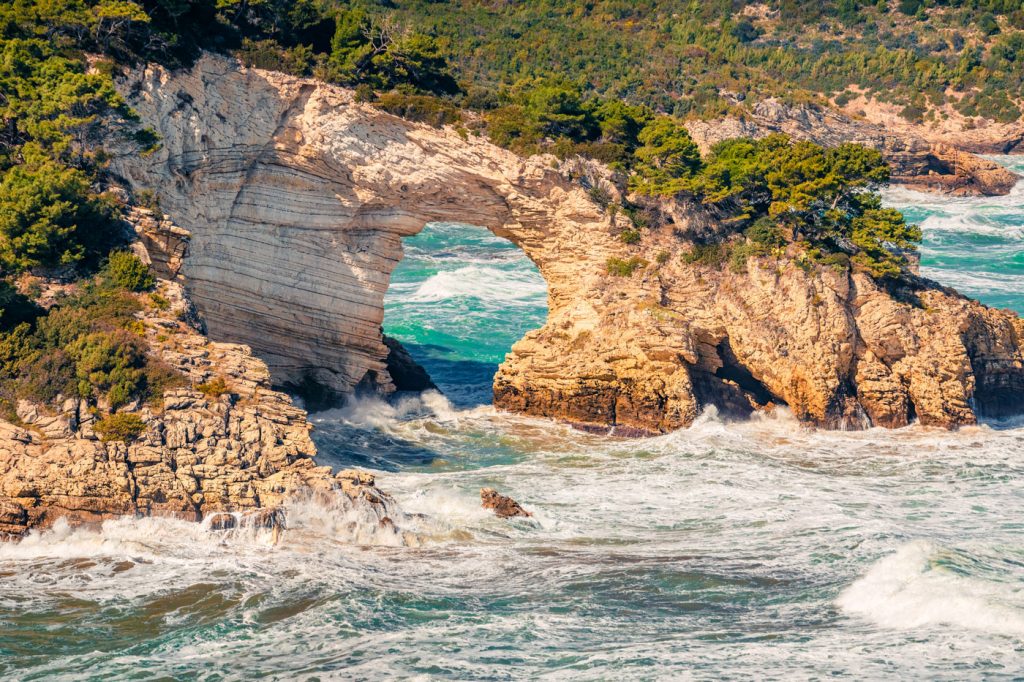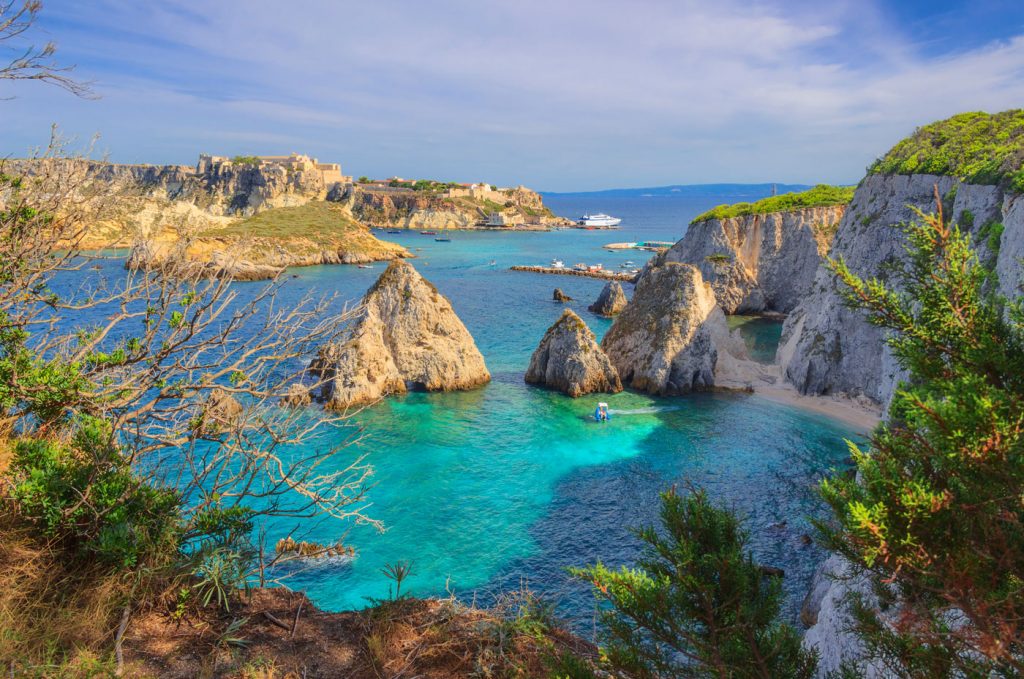VIESTE
Holiday Village Vieste
Camping Village in Puglia
At just 10 km from the Holiday Village, easily reachable by car or with the bus, there is the town of Vieste, known as the “Pearl of the Gargano”, and also one of the oldest towns in Daunia.
The main church is the CATHEDRAL OF THE ASSUMPTION, built in Romanic style around the eleventh century, in the highest part of the Old Town; the original structure of three naves was destroyed by an earthquake. Today the Cathedral of the Assumption hosts the statue of Santa Maria di Merino, celebrated the 9th of May. Near the Cathedral there is a rock called “the Chianca Amara”, a monument to human ferocity, on which women, old men and children were slaughtered between 18 and 21 July 1554 by the bloodthirsty Turkish pirate Draguth Rais, lieutenant of Khayr-el-Din, better known as Barbarossa ( “Redbeard”), the Commander of the army of Soliman the Magnificent.
CHURCH AND CONVENT OF SAN FRANCESCO: situated on a promontory and for this reason exposed to the Saracens raids , it was incorporated into the walls of the Old Town. Inside the church, you can admire works dating back to 700 AD.
SANCTUARY OF SANTA MARIA DI MERINO: just 5 km far from the Holiday Village, on the coast. Near the church in the past it was thought there was an ancient city called Merino, recent archaeological excavations have brought to light an Augustea villa.
PIZZOMUNNO: it is monolith that seems to dominate the coast from above, is the most photographed part of the town. This limestone monolith, as striking as the Faraglioni, can be considered the symbol of Vieste, and there are a lot of legends around it.
IL CASTELLO SVEVO (Swabian Castle) :founded in about 1242 by the Swabians under the order of Frederick II as a royal fortress on a cliff of dark limestone rocks. Unfortunately, it is a military venue and is open to the public only in certain days, but the breathtaking view it worth the visit. In the sixteenth century it suffered several raids by the Saracens, including that one of Acmet Pascià in September 1480, of Dragut Rais in July 1554, and in May 1646 was damaged by a violent earthquake. The Spaniards made some changes during the reconstructions between 1535 and 1559, almost completely obscuring the Swabian architecture. Federico II stayed in Vieste on at least two occasions, in 1240 and on 20 January 1250.
IL FARO (the lighthouse): one of the most characteristic places of Vieste, immediately visible when you come from the coastal state highway from Peschici. It was designed in 1867 on the Islet of Santa Eufemia. In 1987, on the islet was discovered a cave on whose walls there are at least 200 votive inscriptions in Greek and Latin, made by sailors passing by the island, some of which in honor of Venus Sosandra (goddess of the sea and savior of men) and datable from the III century BC to the late Roman age.

